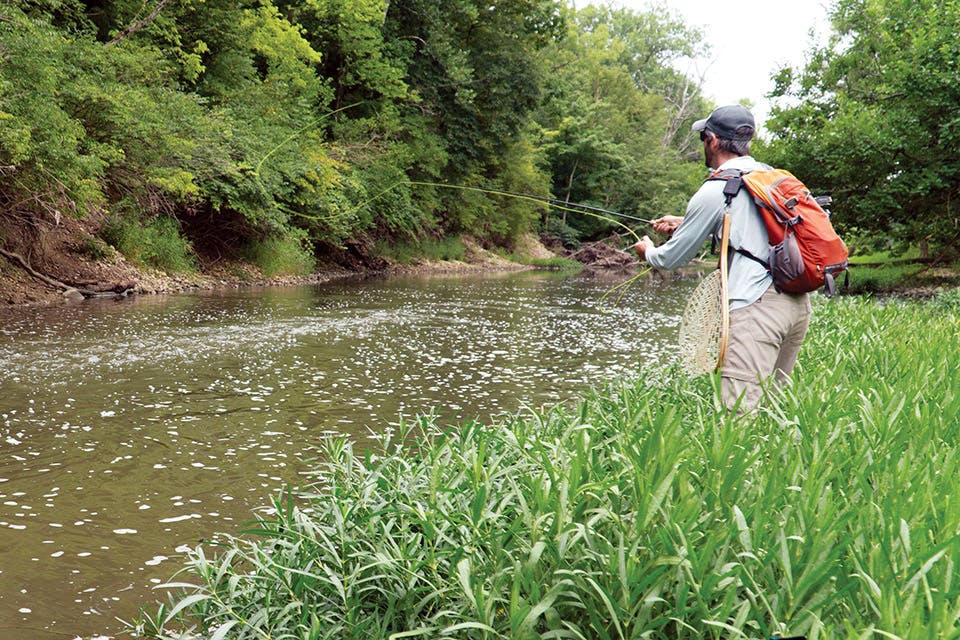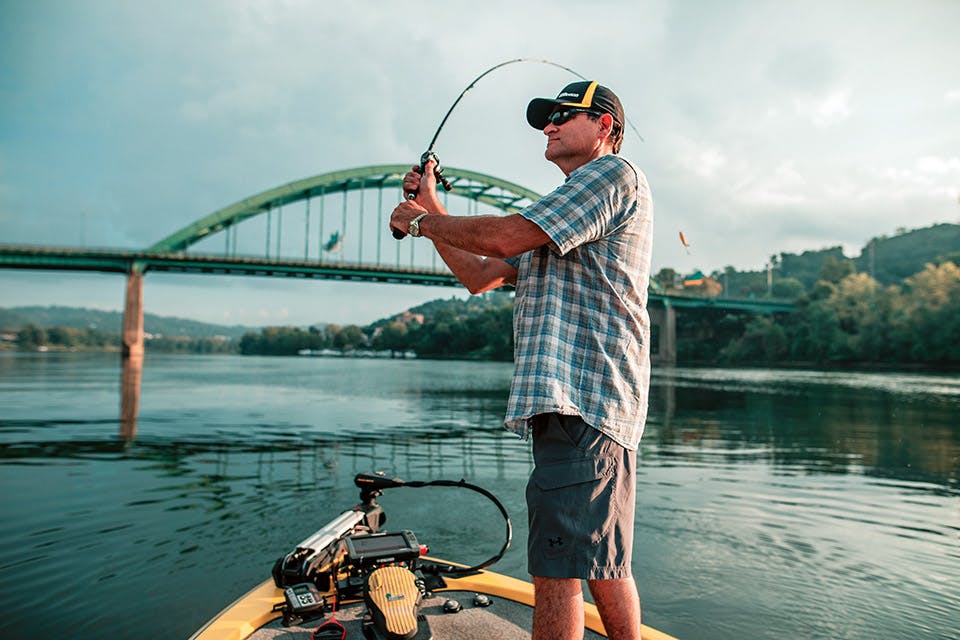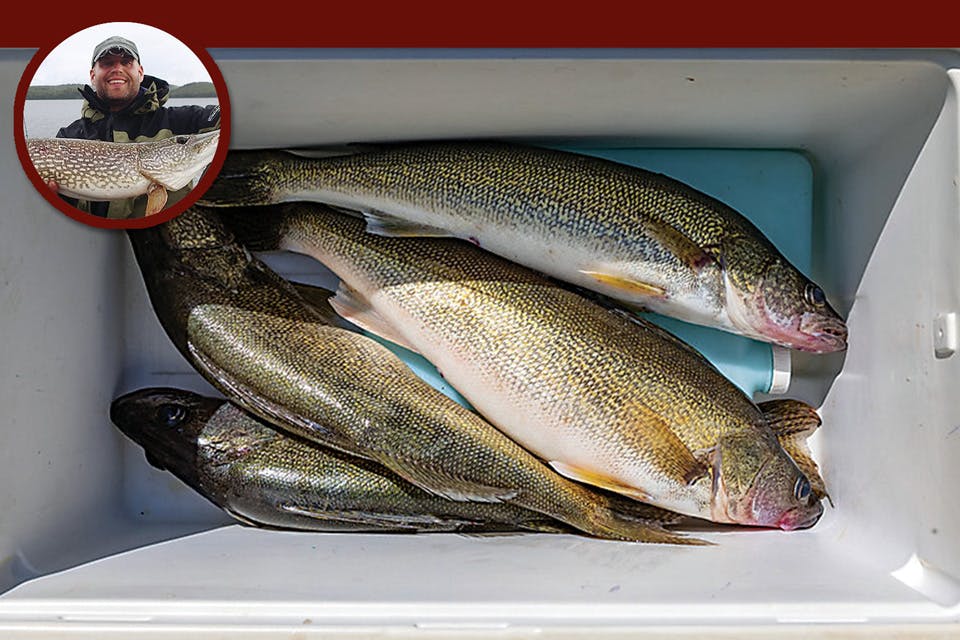Ohio Life
My Ohio: Gone Fishing
An outdoorsman reflects on the lure of the seemingly ordinary Scioto River.
Related Articles

Fly Fishing in Columbus
Our capital city’s rivers and creeks may not seem like a fly-fishing destination, but one local angler has found ample opportunities to cast his line without ever leaving town. READ MORE >>

3 Spring Outdoor Adventures in West Virginia
From rafting to fishing to off-roading, the Mountain State offers a wealth of outdoor adventures as spring takes hold. READ MORE >>

4 Favorite Fishing Spots Along Lake Erie
Fisheries educator Tory Gabriel of Ohio Sea Grant shares his advice on where to cast a line. READ MORE >>

